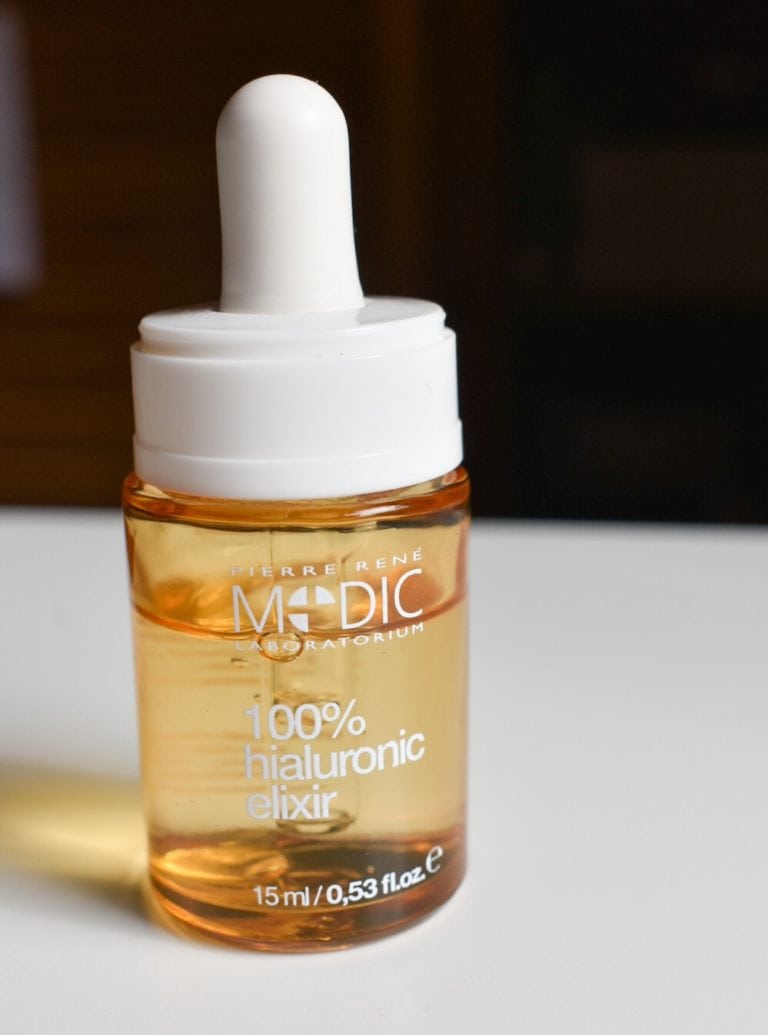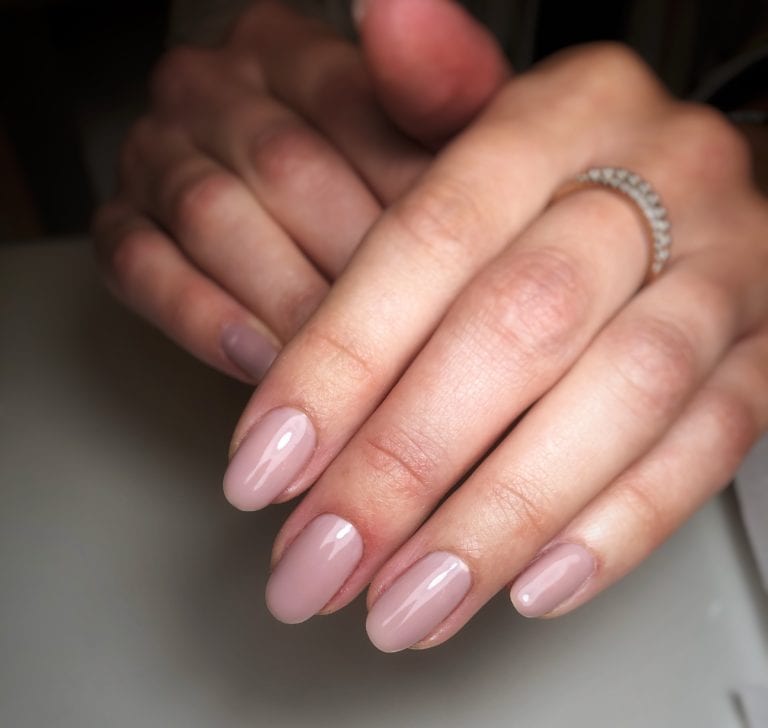SPF – What is it, how does it work and why do you need it even on a cloudy day?
SPF (sun protection factor) helps to protect your skin from sun radiation. There are two kinds of ultraviolet radiation, UVA and UVB, both of which can harm your skin if you skip SPF in your routine.
UVA rays makes us tanned, unfortunately can also lead to premature aging, wrinkles or sagging skin. It can also burn you.
UVB can burn you too, altough it’s more harmful as it’s also responsible for developing skin cancer. To be protected from both, choose broad spectrum spf.
SPF number tells you how long (compared to bare skin with no protection) it would take for your skin to burn. So, if it’s SPF 15 and you use it exactly as directed on a bottle – it should protect you 15 times longer than with nothing on.
Which SPF number to choose?
SPF15 will be handy when you’re going to be mostly indoors, for example just nip out to shop in your car.
SPF30 is better choice when you’re going out for a run, long walk with your dog, hiking etc.
SPF50 – when your skin is very pale and easily burnt, you suffer from rosacea, also when it’s your first tanning session in a long time.
The safest SPF number is 50 – best to keep first signs of aging at bay and keep you healthy.
How much should I apply?
Approximate amount we should apply depends on body part we need to cover. It’s approximately half a teaspoon for your face and neck, teaspoon for both arms, teaspoon per leg, front and back of torso as well. And that’s just a bare minimum! Remember to cover your feet and bum as well – that’s parts of body that we often forget!
Key facts to remember to use sunscreen properly, about application and common misconceptions:
- You need to reapply your sunscreen every two hours to keep it working all the time.
- Use amount suited to area you’re applying it to.
- There’s no need for SPF to be expensive but it has to be broad spectrum. SPF number has to be suited to your plans this day (or just go 50 all over!).
- Apply it all over the body – face, neck, arms, throughout body and legs including feet.
- Remember that dark skin also needs protection from sun, it’s not very common for darker skinned people to develop skin cancer but not unheard of!
- Protect also your eyes and head, get sunglasses with UV protection and a hat.
- UV radiation goes through clouds, so just because it doesn’t seem sunny, it doesn’t mean there’s no UV rays coming through.


